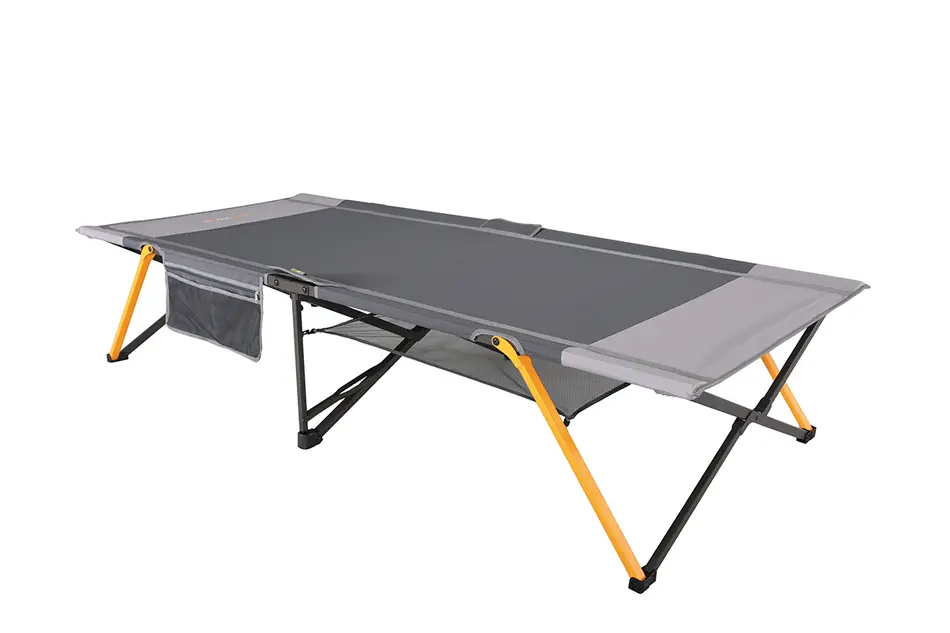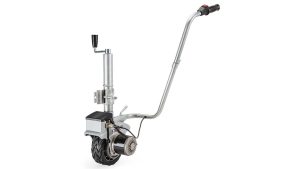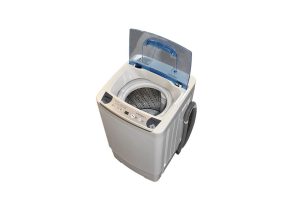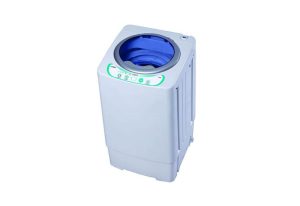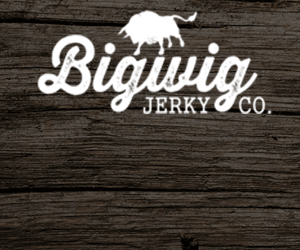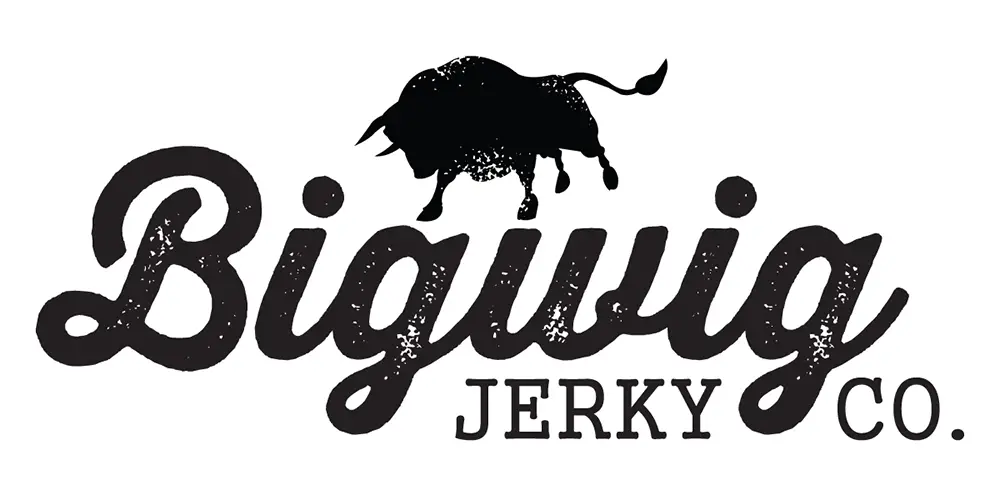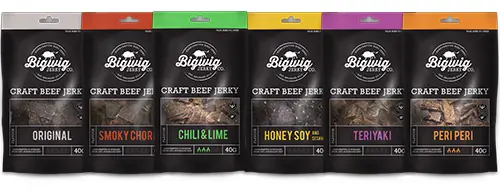Camping stretchers are a popular sleeping solution for outdoor enthusiasts who want to get a comfortable night’s sleep while camping in Australia. When it comes to choosing a camping stretcher, one of the most important factors to consider is the material it’s made of. In this article, we’ll explore the pros and cons of different camping stretcher materials to help you make an informed decision.
Aluminum
Aluminum is a popular material for camping stretchers because it’s lightweight, durable, and resistant to rust and corrosion. Here are some of the pros and cons of aluminum camping stretchers:
Pros:
- Lightweight: Aluminum stretchers are some of the lightest options available, making them an excellent choice for backpackers and hikers.
- Durable: Aluminum stretchers are strong and can withstand the wear and tear of outdoor use.
- Rust and corrosion-resistant: Aluminum stretchers are resistant to rust and corrosion, making them ideal for use in wet environments.
Cons:
- Expensive: Aluminum stretchers are typically more expensive than other materials.
- Less comfortable: Aluminum stretchers can be less comfortable than other options because they don’t provide as much padding or cushioning.
Steel
Steel is a heavy-duty material that’s often used in camping stretchers because of its durability. Here are some of the pros and cons of steel camping stretchers:
Pros:
- Strong: Steel stretchers are some of the strongest and most durable options available.
- Comfortable: Steel stretchers often come with ample padding and cushioning, making them more comfortable than some other options.
Cons:
- Heavy: Steel stretchers are some of the heaviest options available, making them less portable than other materials.
- Prone to rust: Steel stretchers are prone to rust and corrosion, especially in wet environments.
Fabric
Fabric is a lightweight and portable material that’s often used in camping stretchers. Here are some of the pros and cons of fabric camping stretchers:
Pros:
- Lightweight: Fabric stretchers are some of the lightest options available, making them an excellent choice for backpackers and hikers.
- Portable: Fabric stretchers can be easily folded up and stored, making them ideal for those with limited storage space.
- Affordable: Fabric stretchers are often more affordable than other materials.
Cons:
- Less durable: Fabric stretchers may not be as durable as other options and can wear out over time.
- Less comfortable: Fabric stretchers often provide less cushioning and support than other options.
PVC
PVC is a synthetic material that’s often used in camping stretchers. Here are some of the pros and cons of PVC camping stretchers:
Pros:
- Waterproof: PVC stretchers are waterproof, making them ideal for use in wet environments.
- Durable: PVC stretchers are strong and can withstand the wear and tear of outdoor use.
- Easy to clean: PVC stretchers can be easily wiped clean, making them low-maintenance.
Cons:
- Heavy: PVC stretchers are heavier than some other materials, making them less portable.
- Less comfortable: PVC stretchers can be less comfortable than other options because they don’t provide as much padding or cushioning.
Conclusion
Choosing the right material for your camping stretcher will depend on your specific needs and preferences. If you’re a backpacker or hiker, you may want to choose a lightweight and portable option like aluminum or fabric. If durability is your top priority, you may want to choose a heavy-duty option like steel or PVC. Ultimately, it’s important to consider the pros and cons of each material and choose the one that best suits your needs. With the right camping stretcher material, you’ll be able to get a great night’s sleep and wake up feeling refreshed and ready for your next adventure. Additionally, it’s important to consider other factors when choosing a camping stretcher, such as the size and weight capacity, as well as the design and features.
It’s also worth noting that some camping stretchers may be made with a combination of materials, such as aluminum frames with fabric or PVC covers. This can provide a balance of durability, comfort, and portability, depending on the specific materials used.
Regardless of the material you choose, it’s important to take good care of your camping stretcher to ensure it lasts as long as possible. This may involve cleaning it regularly, storing it properly, and avoiding exposing it to harsh elements that could cause damage.

